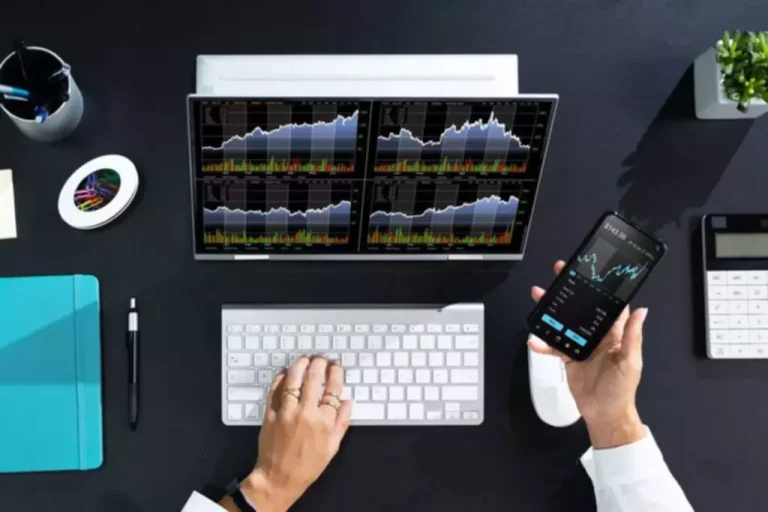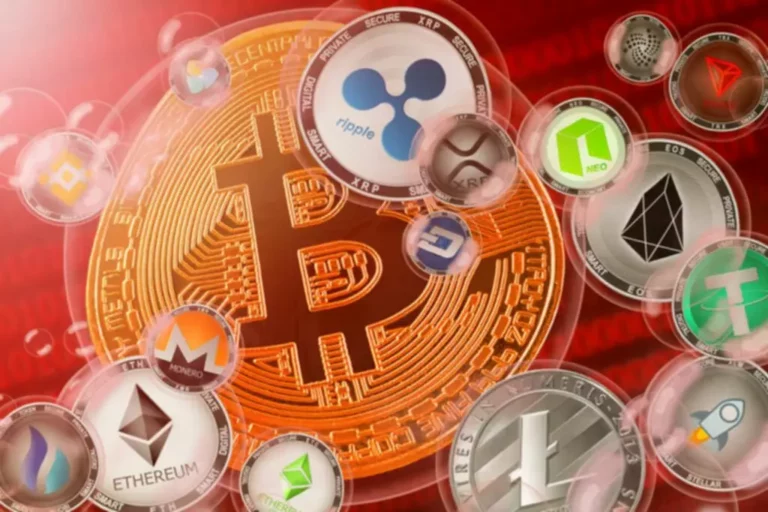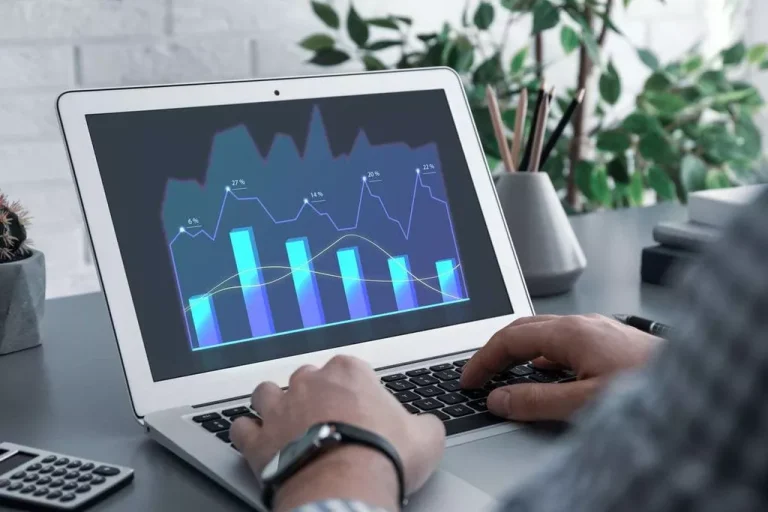Average Day By Day Trading Volume Adtv
To see all trade delays and terms of use please see Barchart’s disclaimer. MarketBeat provides several instruments to help buyers use metrics like quantity and momentum to find revenue alternatives. Click right here to take a look at our Ultimate Investment Research Toolkit, which is discounted for a restricted time only. Open curiosity measures what quantity of transactions have been used to open or close positions, and thus tracks the number of contracts which stay open. If you favor to do calculations yourself, you’ll be able to add the volume from a certain number of days’ trades and divide that whole by the variety of days you included. When closing costs are within the upper portion of the day’s vary what does trading volume mean, and volume is expanding, values shall be high.

Average Daily Buying And Selling Volume: Defined Tiomarkets
The S&P MidCap 400 is a benchmark index that represents the mid-cap section of the U.S. stock market. Developed by Standard & Poor’s, it covers approximately 7% of the U.S. fairness market, and… The fund is a very short-term tactical vehicle and, like many levered merchandise, isn’t a buy-and-hold ETF. ADTV of a single inventory, choices on a stock, or market indexes just like the Nasdaq one hundred are all tracked. As such, you ought to be much less involved with the ADTV of an ETF than with an individual inventory. To study more about scaling out of successful trades, check out our educational weblog post on precisely how we scaled out of our $TSLA trade for a +118% gain.
- The ADV is an important measure that is utilized by buyers to gauge the liquidity of a stock.
- The extra thinly traded the inventory is, the riskier it can be—if there aren’t a lot of shares trading only one seller can push the price down.
- In technical analysis, ADTV is commonly used along side value movements to verify trends.
- On the opposite hand, Volume Weighted Average Volume (VWAV) factors in both the quantity and price of each transaction, giving more weight to trades executed at larger prices.
What Is The Common Day By Day Buying And Selling Volume (adtv)?
Highly liquid shares can have tens of millions of shares traded every day (especially high-flying tech shares like NVDA) with out significantly affecting price in a single course or one other. Think of liquidity as oil defending your car’s engine – it supplies a buffer so all the totally different components perform easily and efficiently whereas additionally keeping prices (i.e., spreads) down. Trading volume means the total number of shares of a specific inventory bought and offered inside a selected timeframe, sometimes a day, month, or quarter. Volume indicates market activity and liquidity, and dozens of technical analysis oscillators use some type of volume metric in their formulas.

Average Day By Day Trading Volume And Market Volatility
While the every day trading quantity reveals what number of shares traded per day, the dollar quantity shows the value of the shares traded. To calculate this you need to multiply the day by day trading volume by the worth per share. Volume can steadily improve over days and even weeks however sometimes spikes almost instantaneously, especially in small-cap shares with low share counts.
Common Every Day Buying And Selling Volume In Stock Analysis
The S&P SmallCap 600 is a inventory market index introduced by Standard & Poor’s. It covers a broad range of small-cap firms within the United States, offering a complete benchmark for inve… An ADTV is high when extra traders are thinking about a inventory and there’s a excessive demand for it while a low ADTV means the stock isn’t in demand. Returns for a holding period of greater than at some point, and frequently do, differ considerably from 1.5x. UVXY, like its others, presents scaled returns on the entrance and 2nd-month futures contracts rather than the VIX index itself.
Common Every Day Trading Volume Calculation
The Average Daily Trading Volume is a vital metric in monetary markets, indicating the common variety of particular person securities traded every day over a predetermined period. Average day by day trading quantity (ADTV) is the average quantity of shares traded each day for a inventory. Conversely, a trader may choose to avoid securities with low ADTVs because of the increased threat of price volatility. These securities may be more vulnerable to price movements, which can pose a threat to merchants. Therefore, understanding the ADTV can help traders develop a trading technique that aligns with their risk tolerance and buying and selling goals. The ADTV is an important metric in buying and selling because it provides perception into the liquidity and recognition of a safety.

Positive developments sometimes lead to increased buying and selling activity and higher ADTV. In bullish markets, when investor confidence is high, buying and selling volumes sometimes improve. Conversely, in bearish markets or occasions of uncertainty, trading volumes might lower as investors undertake a wait-and-see method. Average every day buying and selling quantity is the average quantity of shares traded in a stock over a given interval.
Inventory Ideas And Suggestions
That bar signifies a constructive or unfavorable change in quantity over the charting time period. That is the buying and selling quantity.For instance (if you don’t like an extreme quantity of noise in your charts), you’ll use 10-minutes charts. Hence, the vertical bar will display you the buying and selling volume for every 10-minutes interval. Trading volume is the total number of shares of a security that are traded in a market during a given period of time.

The high volume of buying and selling of an ETF might help us judge the three most traded ETFs in 2022. Let’s perceive ADTV or the Average Daily Trading Volume for an ETF. This is a useful tool if you need to analyze the price movement of any liquid stock.
When the average daily trading is low you must take a glance at that inventory as extremely risky. Such inventory is best to trade as a outcome of it has smaller spreads and it is much less risky. To repeat, the inventory with greater buying and selling quantity is less unstable as a outcome of traders have to make many and tons of trades to influence the worth. Also, when the average buying and selling volume is high, trades are executed simply. Since the typical daily trading volume has a great impact on the stock price it could be very important know what number of transactions have been on a specific share.
A excessive ADTV suggests that the safety is popular among merchants, while a low ADTV may point out that the safety is less in style or less well-known. They use ADTV to assess liquidity, consider market exercise, analyze volatility, optimize commerce execution, and manage threat. The dealer is constrained by a restrict that allows buying and selling solely as a lot as 10% of the value of shares traded in any inventory.
Securities with larger ADTV are often most well-liked by investors due to their liquidity and ease of buying and selling. Investing in securities entails various degrees of threat and can result in partial or complete lack of principal. The buying and selling strategies mentioned on this article are complicated and shouldn’t be undertaken by novice traders.
The worth of shares and ETFs bought through a share dealing account can fall as well as rise, which may mean getting again lower than you originally put in. Trading quantity is a useful means of gauging buying and selling momentum or continuous up or down value actions. In this case, just be sure to reduce your share dimension to compensate for higher price volatility. Remember that Average Dollar Volume gives a more full and accurate image of a stock’s true liquidity, compared to just figuring out the ADTV. Knowing the Average Dollar Volume of a inventory means you’ll have the ability to generally lower your minimal ADTV requirement if the inventory can be buying and selling at a higher worth. If you trade a quite massive account, then think about an Average Dollar Volume above 80 million to ensure loads of liquidity.
Thus, the increase in buying and selling quantity led the investor to buy 1,000 shares of ABC stock. For example, suppose company ABC’s inventory elevated in price by 10% over the previous month. An investor is involved within the company and needs to purchase 1,000 shares.
Read more about https://www.xcritical.in/ here.

